Customizing Your Tactical Work Boots: A Guide to Insoles and Lacing Techniques
Personalization is key when it comes to maximizing the functionality and comfort of your boots. Whether you’re a professional in a demanding field or an enthusiast of outdoor activities, it’s important to understand how to customize your work boots to enhance your overall experience.
In this blog, we’ll help guide you through insoles and lacing techniques and provide valuable tips on making the most of your work boots!
The Importance of Customization
Tactical work boots are designed to provide support, durability, and comfort within various environments. However, what works for one person might not necessarily work for another, which is especially important depending on your industry and the type of work involved. That’s why customizing your boots with the right insoles and lacing techniques is critical and can help improve overall performance such as:
- Enhances comfort and fit
- Reduces the risk of blisters and injuries
- Improves stability and support
- Extends the lifespan of your boots
Selecting Insoles: Top Factors to Consider
The insole type plays a significant role in your footwear’s overall comfort and effectiveness, especially when you’re on your feet for long periods. Here are some key factors to consider when selecting insoles:
- Foot Arch Type: Identify your high, low, or neutral arch type. Different insoles cater to other types of arches and can provide the necessary support needed.
- Material: Insoles consist of various materials, such as foam, gel, or a combination of both. Foam offers cushioning and support, while gel provides shock absorption.
- Purpose: Consider the nature of your work or involved activity. If you’re spending long hours on your feet, look for insoles that offer extra cushioning and support.
How to Choose the Right Insoles
- Test for Comfort: Always try the insoles with your boots before purchasing. Walk around to ensure they feel comfortable and supportive.
- Consider Thickness: Be mindful of the thickness of your insoles. Thick insoles may provide more cushioning but can also make your boots feel tighter.
- Replace Regularly: Insoles wear out over time, so do regular replacements to ensure ongoing support and comfort.
Mastering the Different Types of Lacing Techniques:
How you lace your work boots can drastically alter your shoes’ fit, comfort, and overall performance. However, most people focus on finding the perfect boot size, so lacing techniques often get overlooked. Here are some lacing methods that truly make a difference and should always be considered, depending on their usage:
Standard Criss-Cross Lacing Technique: This is the most commonly used technique, where the lace runs straight across the boot. This method is simple yet effective and suitable for everyday use with most foot shapes. Although it can sometimes cause pressure points on the top of the foot for wearers, it’s the most popular technique because it provides an overall, balanced fit and is the most convenient.
Heel Lock Lacing Technique: This method prevents heel slippage by creating a “lock” at the top of your boots. After lacing the bottom eyelets, feed the laces through the top eyelets, but instead of crossing them over like usual, feed them through the opposite sides. This will create a loop you can tighten to ensure your heel is secure. This technique is ideal for anyone handling uneven terrain, such as hikers or runners, because it offers additional support and stability for wearers.
Window Lacing Technique: If you have a high instep or need additional room around the ankles, window lacing might be the most beneficial! Instead of lacing straight across, try lacing diagonally, skipping an eyelet each time. This creates a ‘window’ that will help reduce pressure points on the top of your feet. This method is most useful for individuals with high arches or wide feet.
Top Reliever Lacing Technique: This technique also works for wider feet or anyone who experiences toe issues. It involves skipping one or more eyelets near the toe box to create additional room and is particularly beneficial for preventing blisters and discomfort.
Simple Lacing Tips to Enhance Comfort & Support:
- Adjust for Comfort: Never hesitate to re-lace your boots for different activities or if you experience any discomfort.
- Quality Laces: Invest in durable laces that won’t easily break or fray.
- Even Tension: Ensure even tension across the foot to avoid pressure points.
Although most people don’t think about it, customizing your work boots with the right insoles and lacing techniques is one of the most simple yet effective ways to enhance your overall comfort and performance. Sure, having high-quality boots can make a difference, but with these helpful tips, you’ll be able to tailor your work boots and meet the high demands of your training and everyday wear, no matter what! Remember to experiment and find out what works best for you! If you need inspirational ideas, explore Altai’s tactical work boots collection today and find your specific fit!
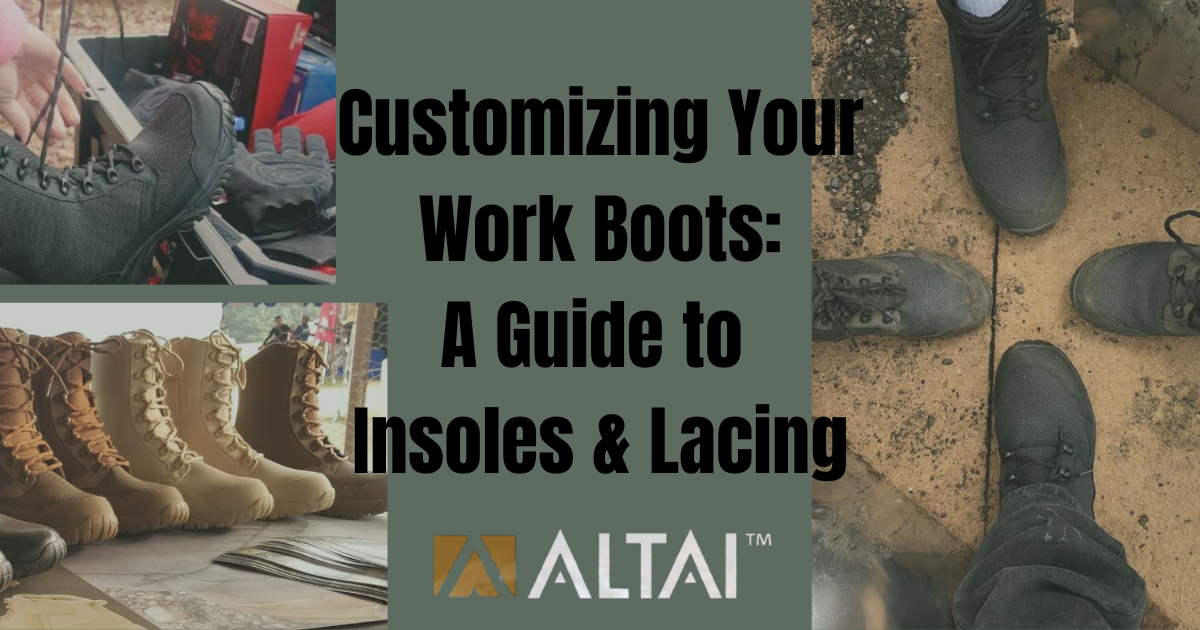
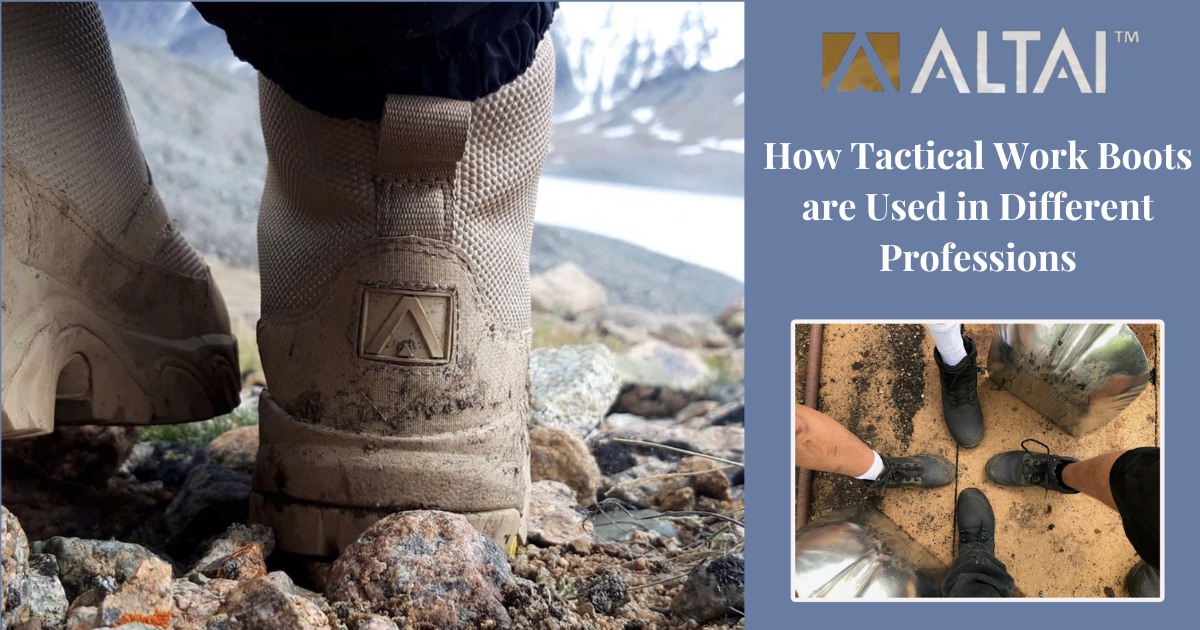
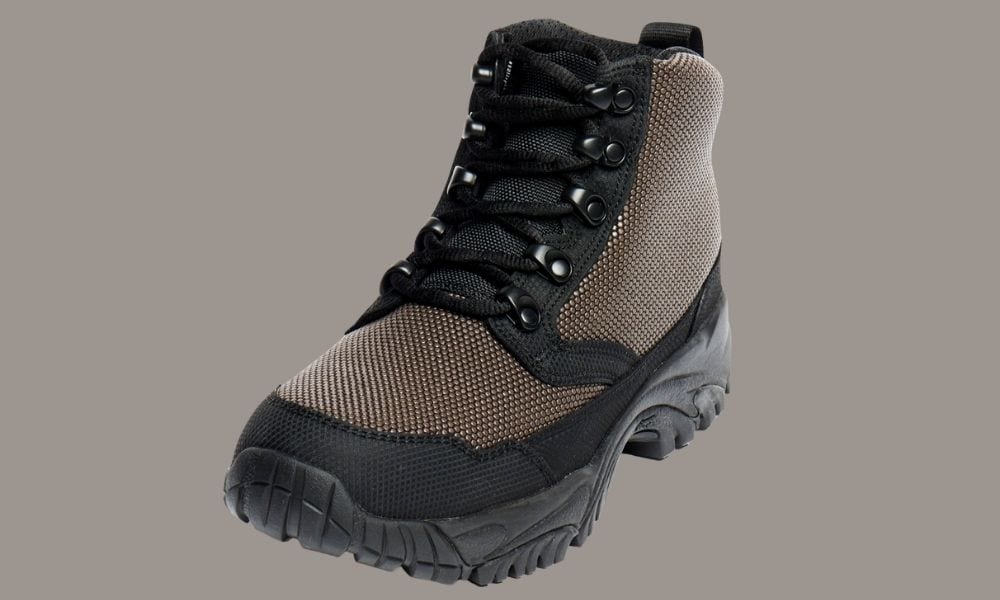
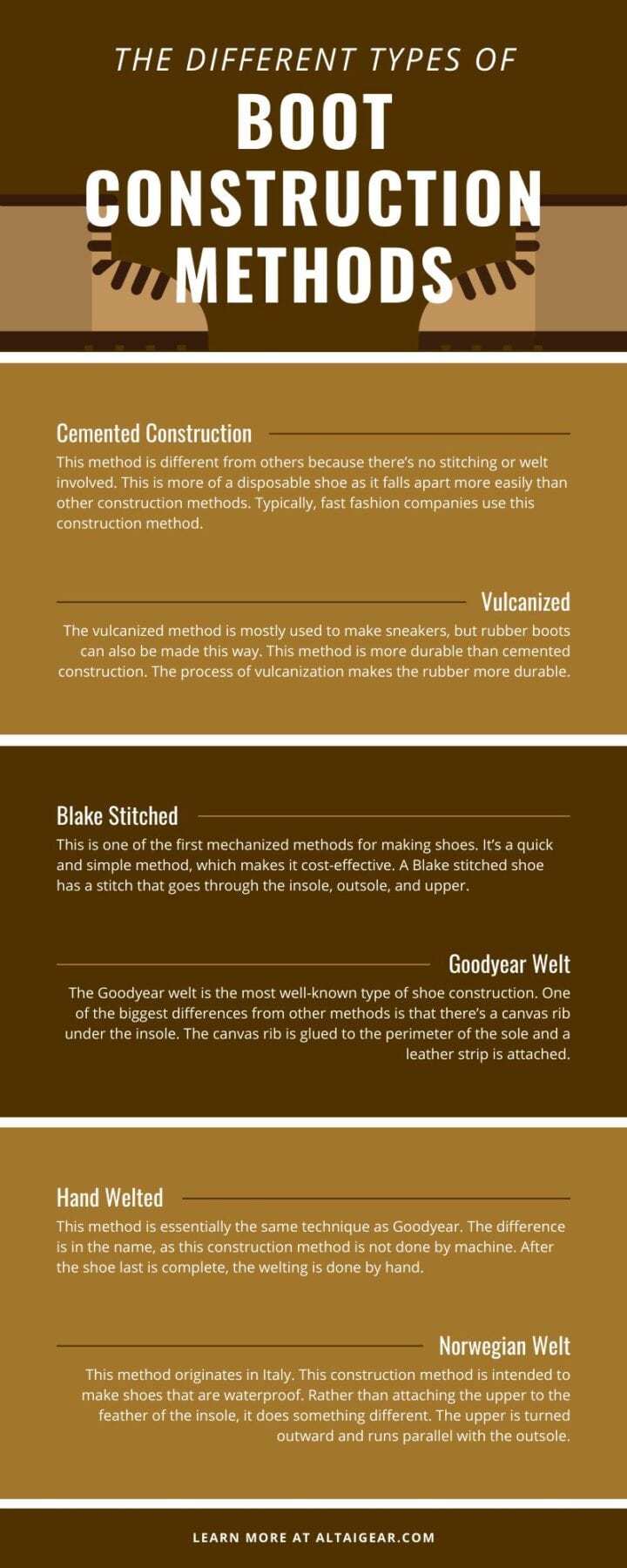
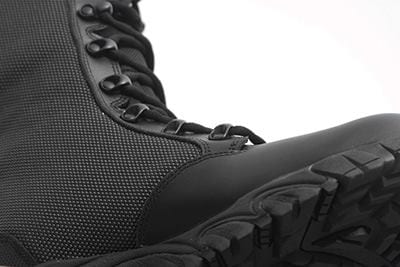
 Working, walking or exploring vast land exposed to harsh conditions can be easy if you have the right gear for the task. The dry land, mucky places and the ever-changing weather can cause a nightmare in your work or explorative adventure. That is where good rugged outback work boots come in.
Working, walking or exploring vast land exposed to harsh conditions can be easy if you have the right gear for the task. The dry land, mucky places and the ever-changing weather can cause a nightmare in your work or explorative adventure. That is where good rugged outback work boots come in. 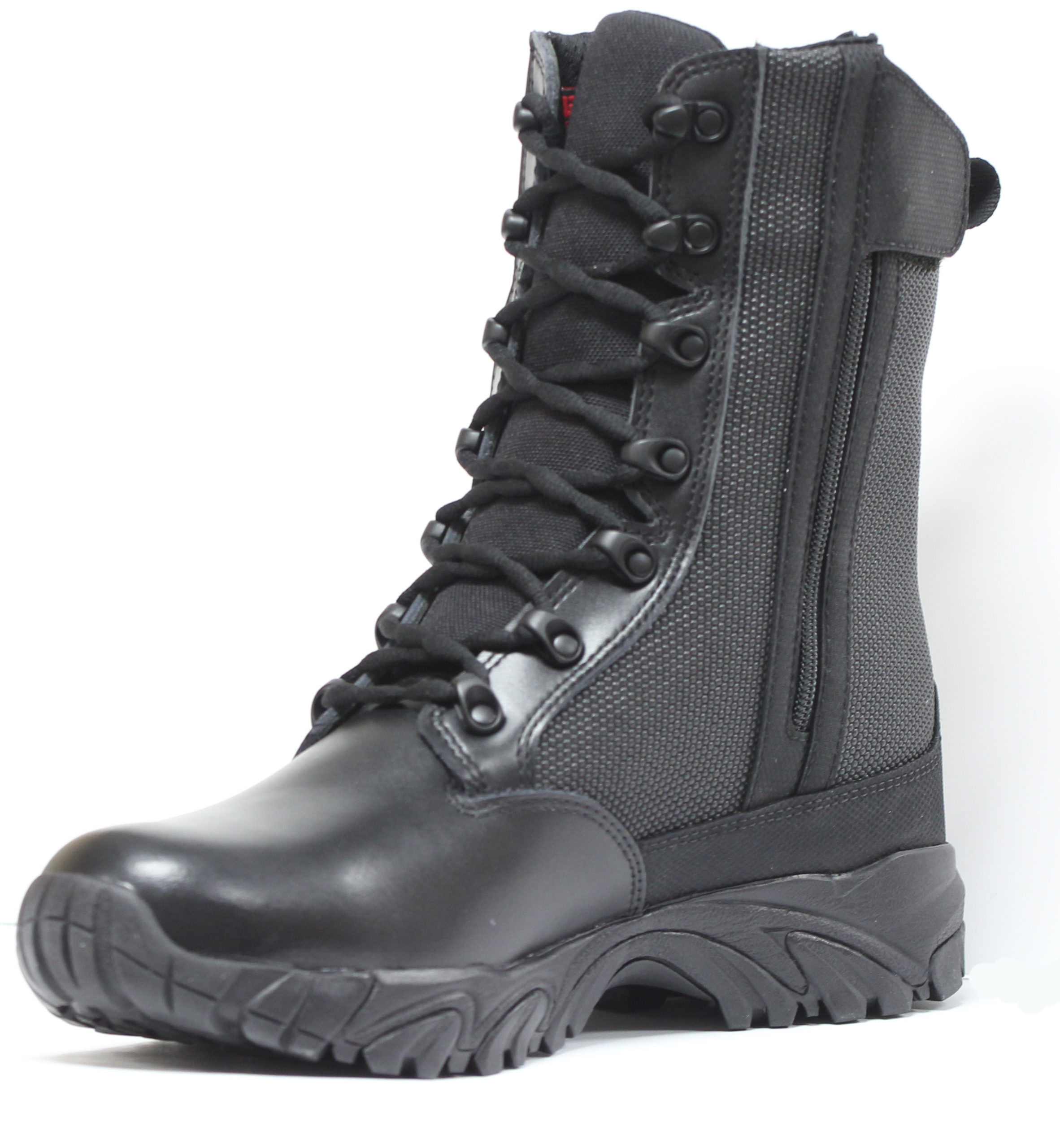
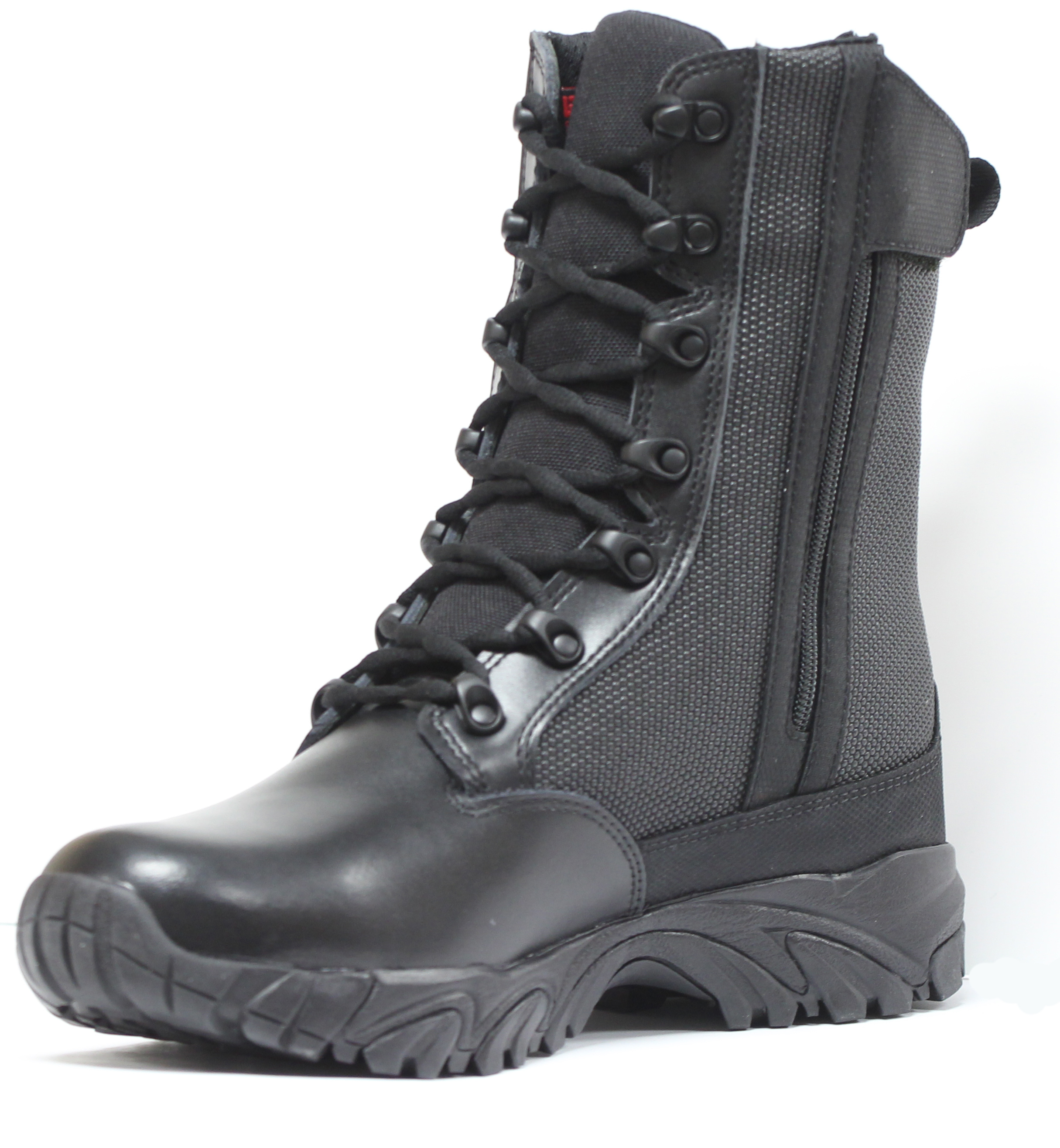 On any given work day, a healthy portion of my time is spent tucked away in a cubicle, aiding in a myriad of administrative functions aimed at assuring daily operations run smoothly. But outside of business hours, my life is far from stationary. Between two dogs demanding outlets for their energy and a wife that loves any activity (as long as it involves running), I am always on the move. I believe it is for this reason that I was selected by the team to be the first wear test for the new Altai MFT100-Z…
On any given work day, a healthy portion of my time is spent tucked away in a cubicle, aiding in a myriad of administrative functions aimed at assuring daily operations run smoothly. But outside of business hours, my life is far from stationary. Between two dogs demanding outlets for their energy and a wife that loves any activity (as long as it involves running), I am always on the move. I believe it is for this reason that I was selected by the team to be the first wear test for the new Altai MFT100-Z…
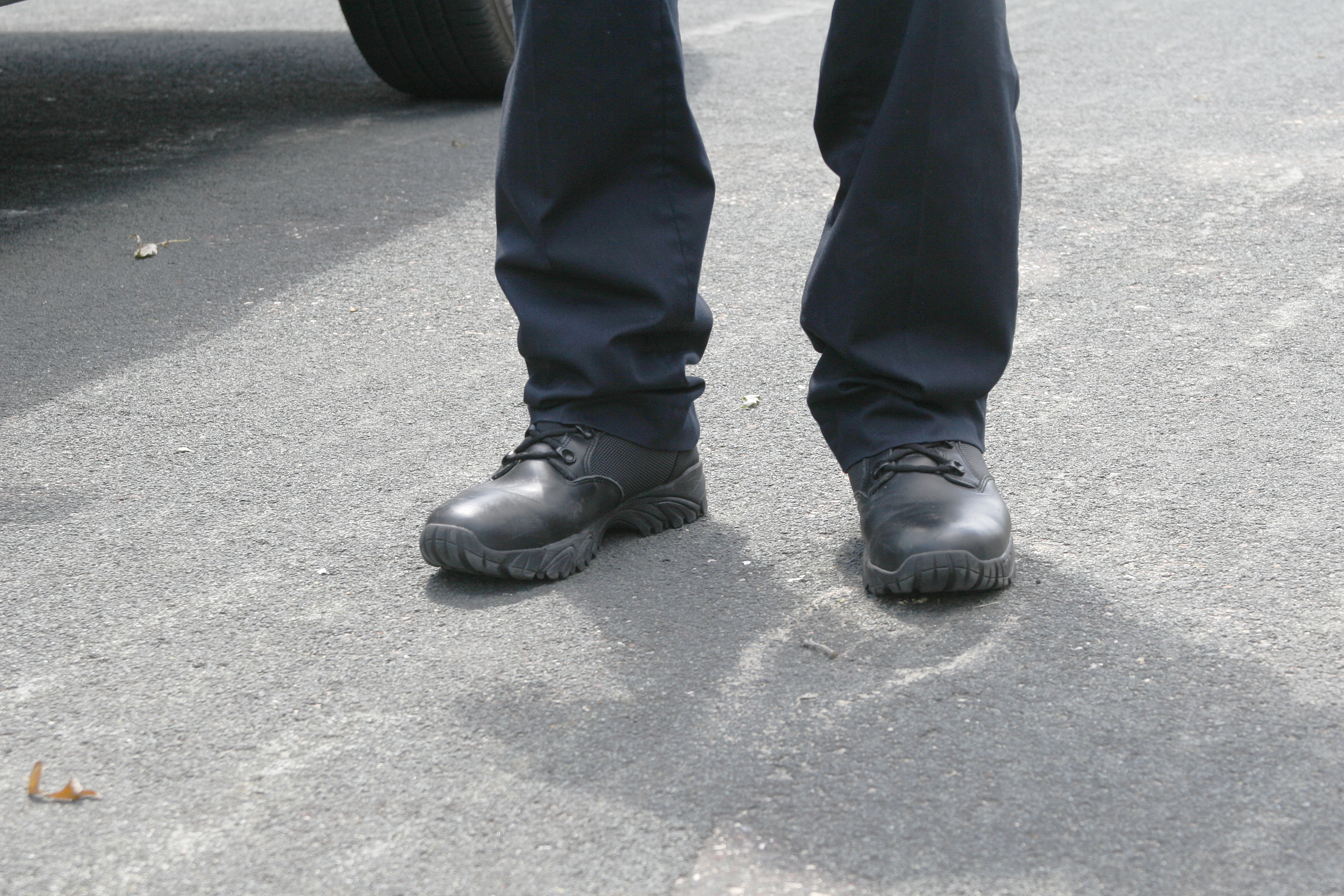 Searching for a quality pair of work boots can seem like work in itself. Whether you have narrowed it down to your few top choices of work boots or are still on the lookout for something worth investing in – consider checking out the line of tactical boots brought to you by ALTAI™.
Searching for a quality pair of work boots can seem like work in itself. Whether you have narrowed it down to your few top choices of work boots or are still on the lookout for something worth investing in – consider checking out the line of tactical boots brought to you by ALTAI™.